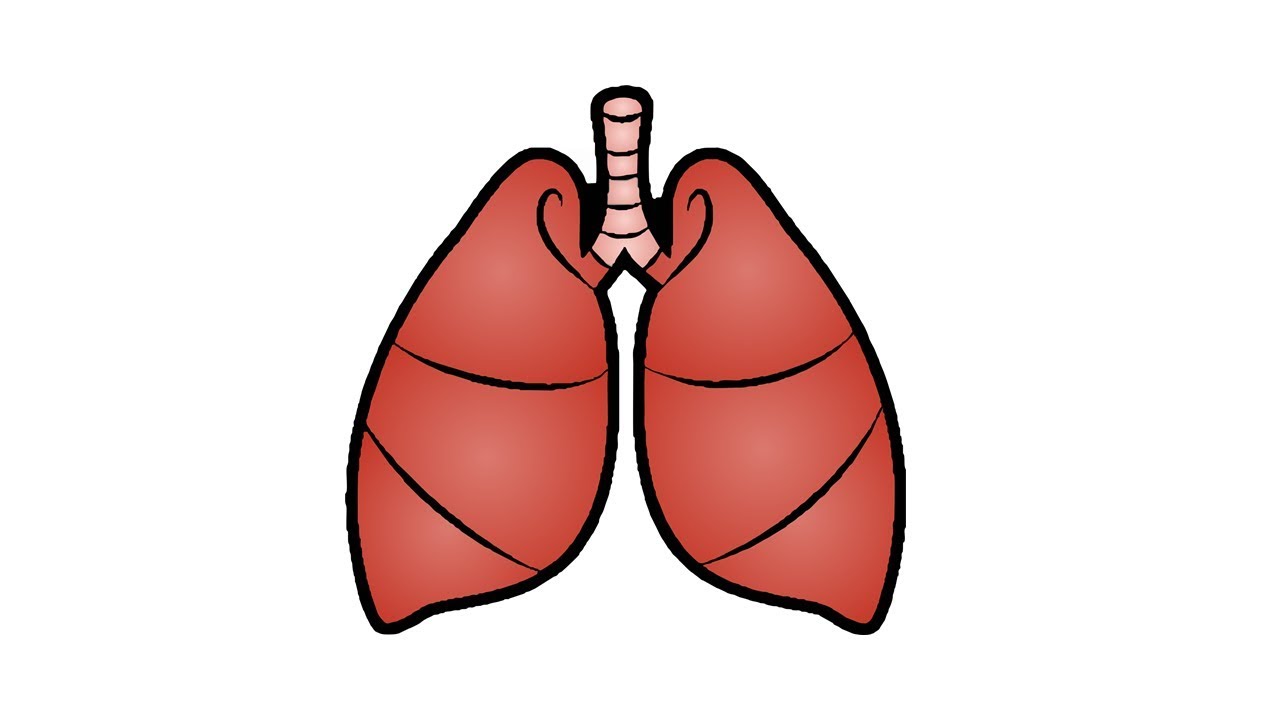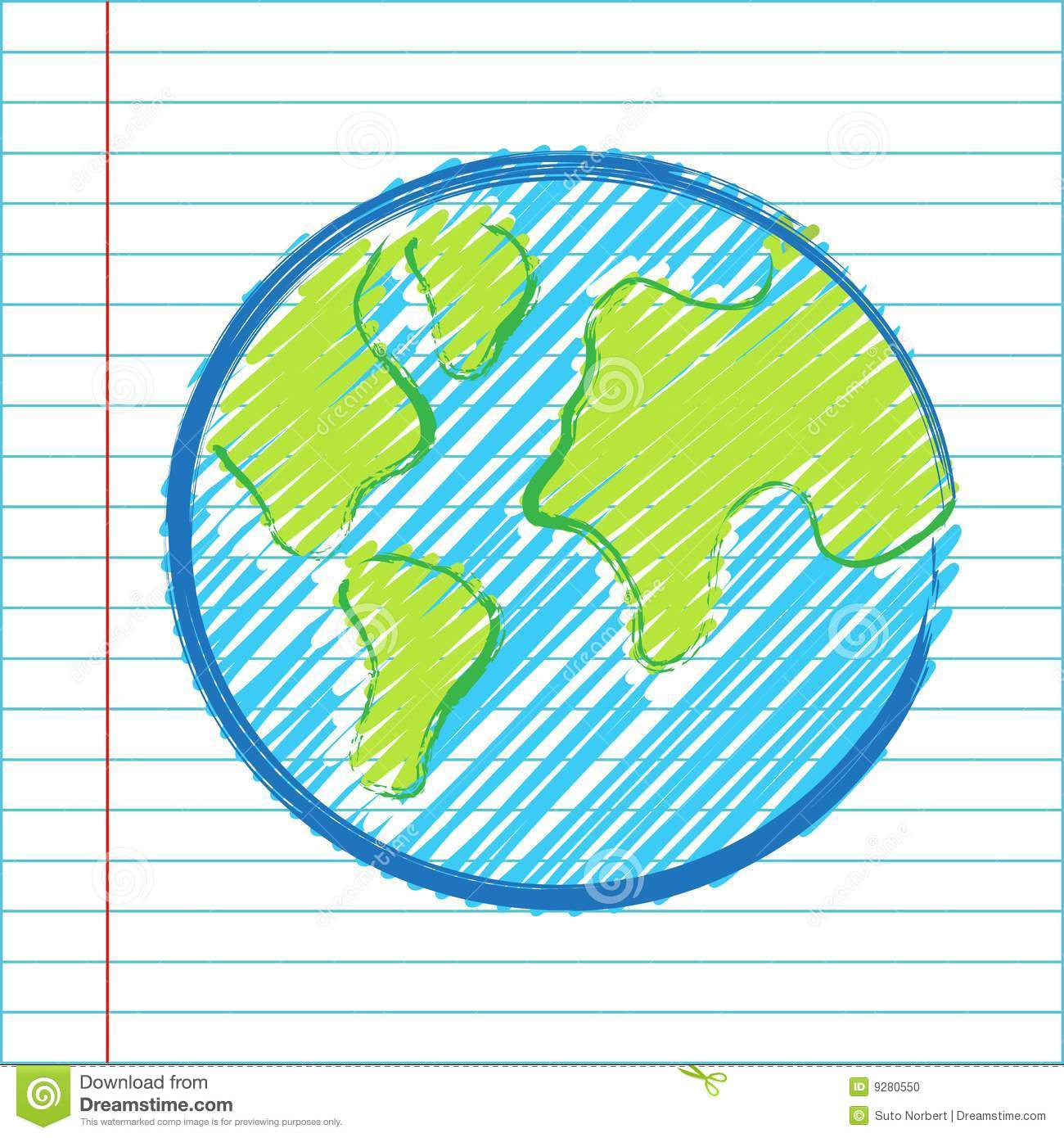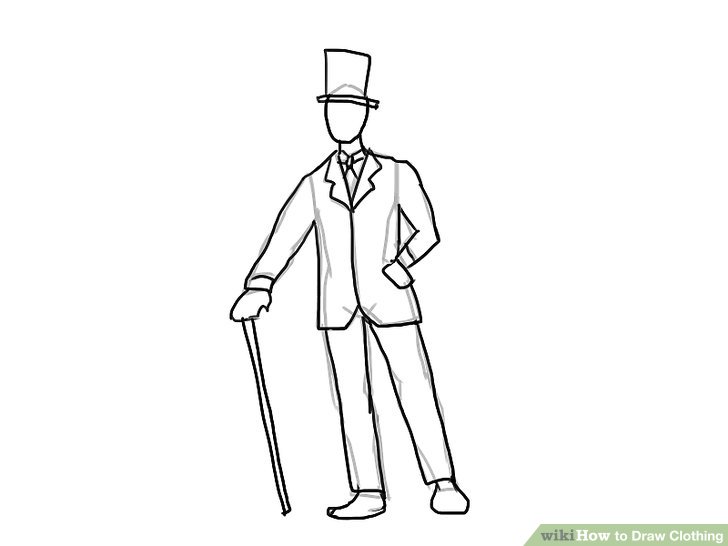Explorer of the caves
Table of Contents
Table of Contents
If you’ve ever found yourself wanting to add a cave to your artwork or map, you may have been intimidated by the task. Don’t worry, with a few techniques and some practice, you can draw a cave that looks realistic and immersive.
Pain Points of Drawing a Cave
Drawing a cave can be challenging due to the complexity of the cave environment. Creating a sense of depth and shadow, while also incorporating natural cave features, can be difficult. Additionally, drawing cave walls and ceilings without making them look too flat or uniform takes some skill.
The Target of Drawing a Cave
The target of drawing a cave is to create an environment that looks natural and realistic. This involves knowing the key features of a cave, such as stalactites and stalagmites, as well as understanding the play of light and shadow within a cavern.
Key Elements to Include in Your Cave Drawing
To draw a cave well, you’ll want to include the following elements:
- Stalactites and stalagmites, which can help create depth in your drawing
- Shadows and highlights, to make your drawing look more realistic
- Rock formations, such as boulders and crumbling walls
- A sense of motion, whether it be from dripping water or imagined spelunkers roaming the cavern
- Texture, such as moss or lichen growing on cave walls
Personal Experience with Drawing a Cave
When I first started drawing caves, I struggled with making them look too uniform. By incorporating different textures and features, such as distinct boulders and natural growths, I was able to create more realistic, immersive cave environments.
To create a sense of depth and motion, I experimented with adding shadows and highlights to different elements of my drawings. For example, I found that drawing the underside of a rocky outcropping in shadow can create an immersive sensation of depth within the drawing.
Drawing a Cave Ceiling
One key feature of cave drawings is creating a believable cave ceiling. To do this, consider adding natural formations such as rocks or mineral deposits to your ceiling. Additionally, your cave ceiling should not be a perfect arch – a more realistic cave ceiling will have some irregularity or unevenness to it. Consider adding small holes or breaks in the ceiling to add to the realism of your drawing.
Drawing Shadows and Highlights in a Cave
Shadows and highlights will help add depth and texture to your cave drawing. Light sources can be imagined or realistic, but the contrast between the lightest areas and darkest areas of your drawing should be distinct to create an immersive effect. Consider adding shadows around stalactites or along the edges of protruding rocks to make them look more three-dimensional.
Experimenting with Different Cave Styles
There is no one right way to draw a cave, and you can experiment with different features and styles to make your drawings stand out. For example, consider drawing a cave with a more fantastical quality, such as an underground lake or a hidden treasure trove. Alternatively, you could focus on a more photo-realistic style, emphasizing the natural features of a cave environment.
Question and Answer
Q: Do I need to include water in my cave drawings?
A: No, you do not need to include water in your cave drawings. However, adding water can create a unique and interesting centerpiece to your drawing.
Q: What should I avoid when drawing a cave?
A: Avoid making your cave drawings too uniform or flat. Caves in real life are rarely perfect arches or featureless walls. Additionally, avoid making your cave too busy with too many features or elements.
Q: What materials do I need to draw a cave?
A: You can use a variety of materials to draw a cave, such as pencil, pen, charcoal, or even digital drawing software. It’s recommended to use a pencil or digital software for more detailed drawings.
Q: Should I plan my cave drawing ahead of time?
A: Yes, planning ahead of time is recommended to create a more cohesive and believable environment. Think about what features you want to include and where they should be placed, and sketch out a rough draft before adding in more detail.
Conclusion of How to Draw a Cave
Drawing a cave can be a fun and immersive way to add depth and intrigue to your artwork. By understanding the elements that make up a cave environment and using techniques such as shading and highlights, you can create a believable and immersive cave environment.
Gallery
How To Draw CAVE Step By Step - YouTube

Photo Credit by: bing.com /
Rock Cave Art Drawing By Akil King
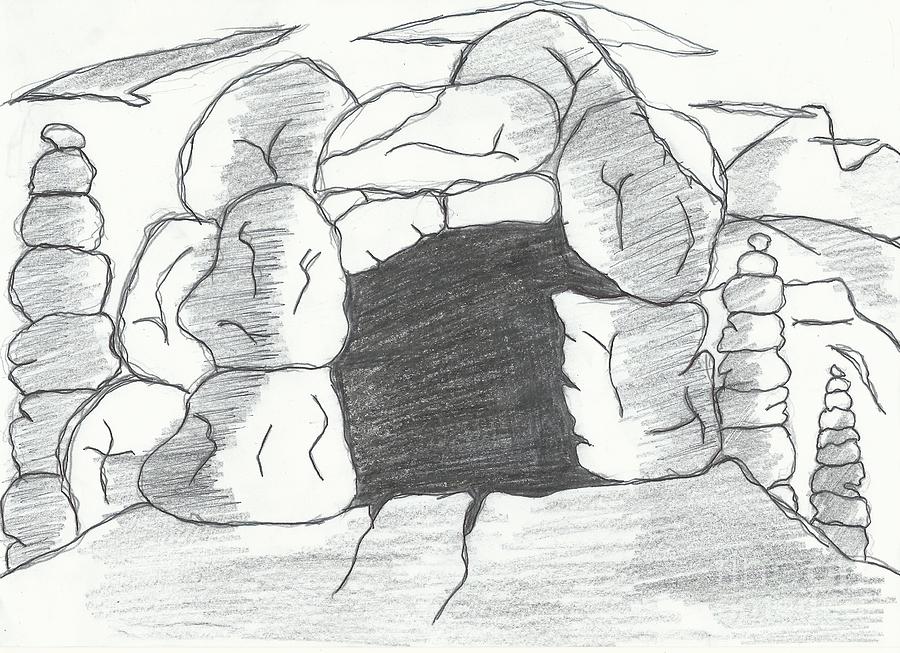
Photo Credit by: bing.com / cave rock drawing akil king drawings 13th uploaded september which
How To Draw A Cave - Fantastic Maps

Photo Credit by: bing.com / map draw cave maps drawing fantasy dungeon tutorial tutorials fantasticmaps making battlemap tips dragons drawings rpg cartography paper dungeons painting
The Cave Sketch By Valhalrion On DeviantArt

Photo Credit by: bing.com / cave sketch deviantart
Explorer Of The Caves | Doodlebird
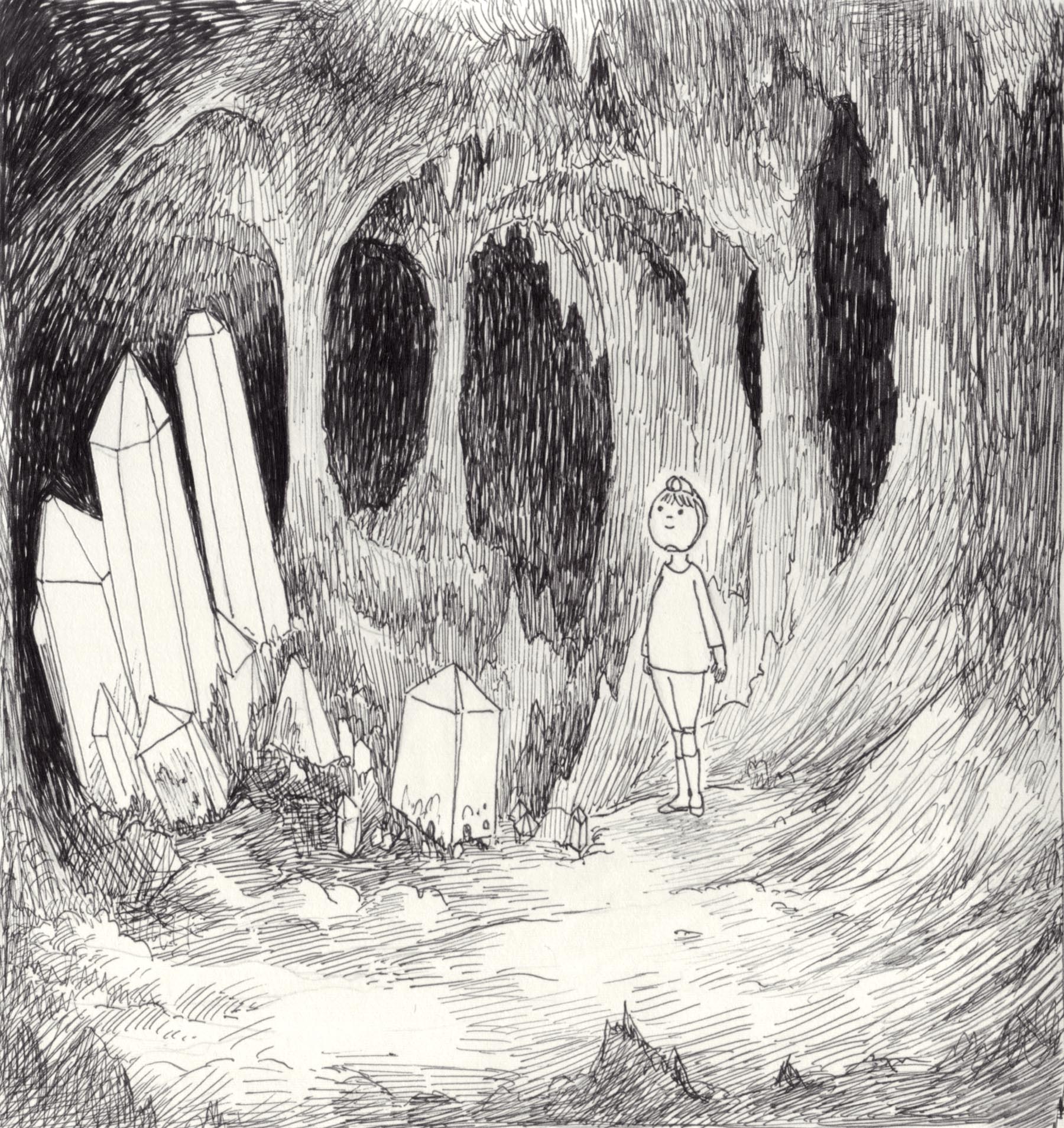
Photo Credit by: bing.com / caves doodlebird
